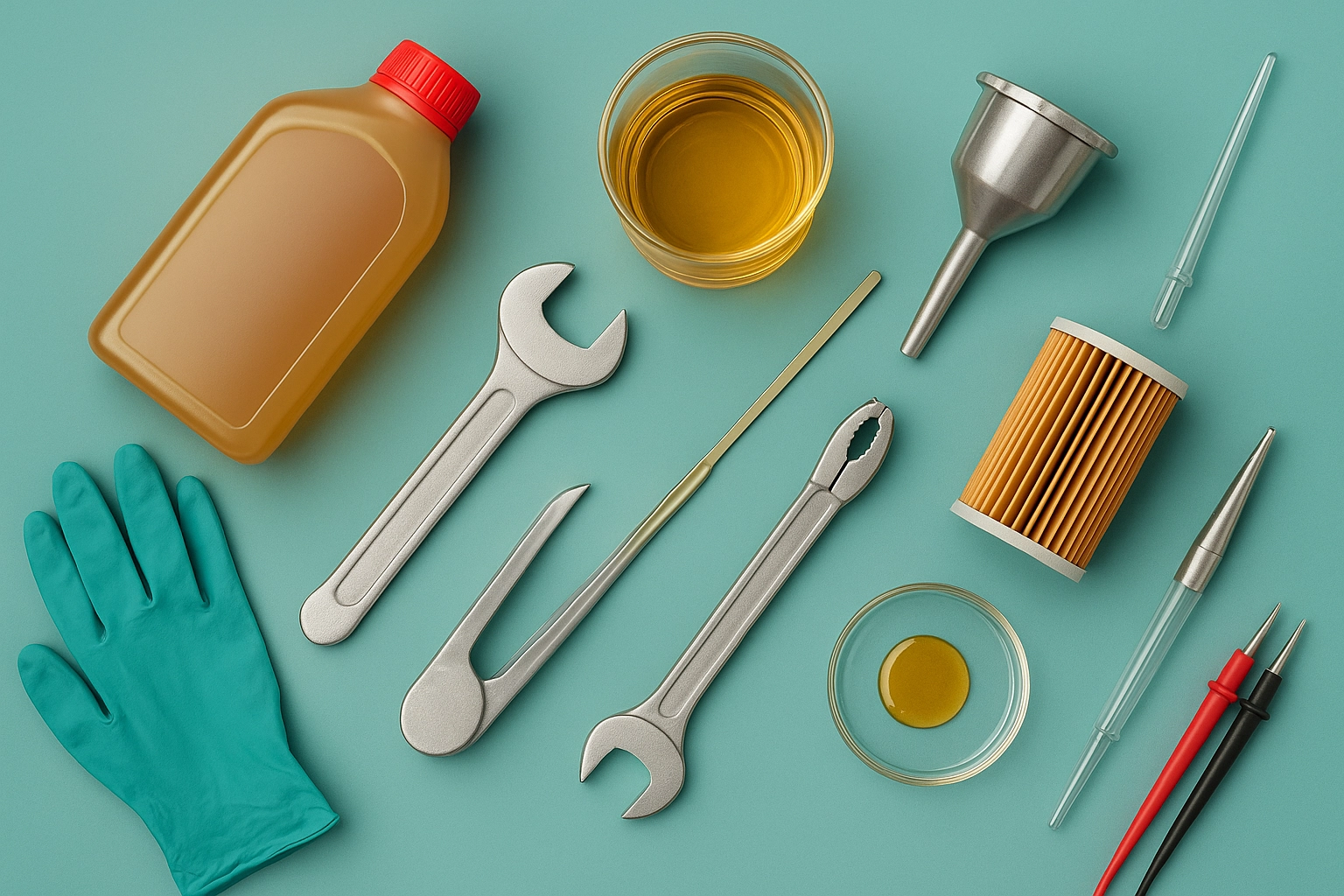ASTM D892 Foam Characteristics of Lubricants Test
The ASTM D892 test method is a critical procedure used to measure and characterize the foam stability properties of lubricating oils. This standard test provides valuable insights into how lubricants perform under conditions that can lead to foaming, such as during engine operation or in hydraulic systems.
Understanding foam characteristics is essential for ensuring reliable performance in automotive applications, as excessive foam can interfere with proper lubrication and cause equipment malfunctions. The ASTM D892 test helps manufacturers and quality control teams ensure their products meet the necessary standards before they reach the market.
The procedure involves filling a graduated cylinder with a specified volume of lubricant and agitating it at a controlled rate to observe the foam formation. After reaching equilibrium, the height of the foam is measured and recorded. The test is conducted under specific conditions to ensure consistency and repeatability.
By using this method, manufacturers can identify potential issues early in the development process, optimize product formulations, and improve overall quality control. This ensures that products meet industry standards and perform reliably in real-world applications.
Why Choose This Test
The ASTM D892 foam characteristics test offers several advantages for those involved in the automotive testing sector:
- Comprehensive Assessment of Foam Stability: The test provides a detailed analysis of how lubricants behave under conditions that can lead to foaming, ensuring optimal performance in engines and hydraulic systems.
- Consistency and Reproducibility: Conducted under controlled conditions, the ASTM D892 method ensures consistent results across different batches or samples, enhancing reliability.
- Industry Compliance: Meeting ASTM standards is crucial for compliance with industry regulations and ensuring product quality.
- Quality Assurance: The test helps in identifying potential issues early in the manufacturing process, allowing for timely corrective actions to be taken.
- Data-Driven Decision Making: Accurate data from this test can guide R&D teams in making informed decisions regarding lubricant formulations and performance improvements.
The ASTM D892 foam characteristics test is a cornerstone of automotive testing, providing essential information for quality managers, compliance officers, R&D engineers, and procurement professionals. By using this method, organizations can ensure they are producing high-quality products that meet industry standards and perform reliably in real-world applications.
Competitive Advantage and Market Impact
The ASTM D892 foam characteristics test plays a pivotal role in enhancing the competitive advantage of automotive manufacturers by ensuring product quality and reliability. By incorporating this test into their quality control processes, companies can:
- Demonstrate Compliance with Industry Standards: Meeting ASTM standards is crucial for compliance with regulatory requirements and industry best practices.
- Enhance Product Quality: The test helps identify potential issues early in the development process, allowing manufacturers to optimize product formulations and improve overall quality.
- Increase Customer Satisfaction: By ensuring that lubricants perform reliably under various conditions, manufacturers can enhance customer satisfaction and loyalty.
- Gain a Competitive Edge: Consistent performance across different batches or samples ensures reliability, which is crucial in the highly competitive automotive industry.
The ASTM D892 foam characteristics test also contributes to market impact by fostering trust among consumers and stakeholders. By demonstrating commitment to quality and reliability, manufacturers can build a strong brand reputation and gain a competitive edge in the marketplace.
Use Cases and Application Examples
The ASTM D892 foam characteristics test has numerous applications across various sectors within the automotive industry. Here are some key use cases:
- Engine Lubricants: Ensuring that engine oils do not foam excessively under operating conditions, which can lead to reduced efficiency and potential engine damage.
- Hydraulic Systems: Checking the stability of hydraulic fluids in systems where foaming could interfere with proper operation and increase wear on components.
- Lubricant Formulations: During R&D phases, this test helps identify which lubricant formulations are best suited for specific applications, optimizing performance and reducing costs.
In addition to these examples, the ASTM D892 foam characteristics test is also used in other sectors such as aerospace, manufacturing, and industrial equipment. By ensuring that lubricants perform reliably under various conditions, this test helps maintain high standards of quality and reliability across all industries.





